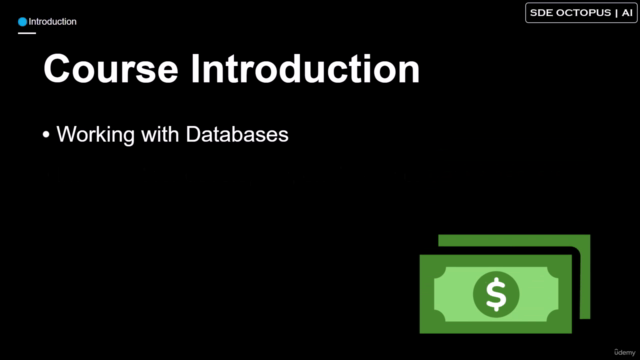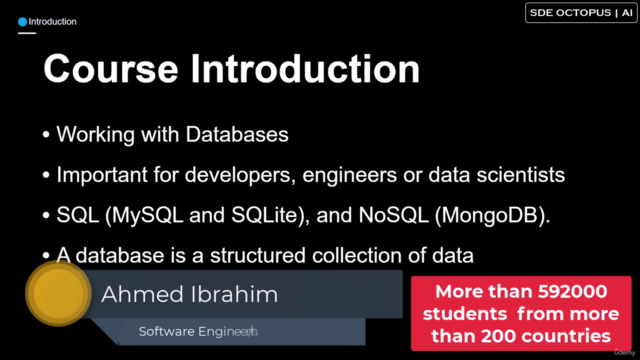Databases with Python: MySQL, SQLite & MongoDB with Python
Learn and understand how to work with SQL and NoSQL Databases with the Python Programming Language.
4.38 (771 reviews)

97,623
students
3 hours
content
Nov 2022
last update
$54.99
regular price
What you will learn
Build and Manipulate Databases with Python
Master SQL programming
Installing and using the MySQL tools
Using MySQL with Python
Create, insert, update, filter and delete records, tables and databases in SQL
Apply the SQL Commands in Python without installing programs
Using SQLite with Python
Master NoSQL programming
Installing and using the MongoDB tools
Using MongoDB with Python
Create, insert, update, filter and delete documents and collections in NoSQL
Get the instructor QA support
Screenshots




Related Topics
4349894
udemy ID
10/14/2021
course created date
10/28/2021
course indexed date
Bot
course submited by